Phil Remington: Shelby’s superstar race car builder
While writing his new book on Carroll Shelby, Preston Lerner became entranced by engineer Phil Remington who seemed to embody the best of motor sport. Here, the author recounts a life which is passing into folklore
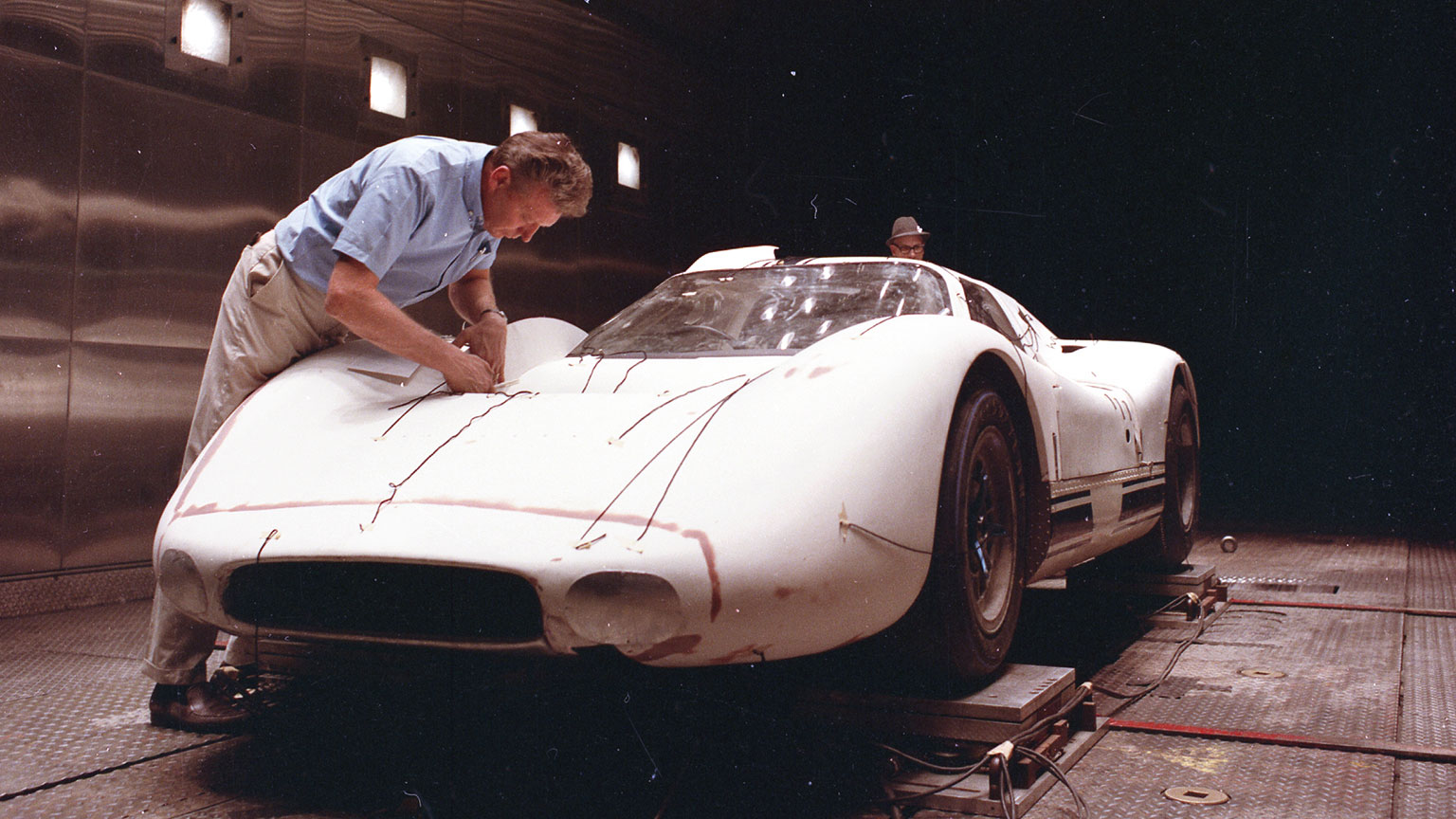
Phil Remington in the Ford wind tunnel testing the bodywork modifications he’d made a few days earlier to the J-Car. When the new bodywork was finalised, the car was renamed the Mark IV and won Sebring and Le Mans in its only two competitive outings
FORD MOTOR COMPANY
Phil Remington was the Paul Bunyan – the US superhuman lumberjack folk hero – of American motor sports. During a career that stretched from pre-war hotrods to the carbon-fibre DeltaWing, he generated enough lore to fill several volumes of epic poetry. Did he really bend a 40ft-long piece of tubing by using the roof of his house as a fulcrum? Maybe not. But there are witnesses who saw him straighten a crooked swing arm without ever touching it with his hands by deftly heating it with the oxygen-acetylene welding rig he wielded like a magic wand and letting the metal settle into the correct shape. And there are photos of him in the wind tunnel at Ford, where, working purely by intuition, he transformed the unloved Ford J-Car into the unbeatable Mark IV. And then there was the time that everybody in the Shelby American shop stopped to gawk while he power-hammered a roll bar into existence because he was working at such a furious John Henry-esque clip to get the GT40 X-1 in the transporter en route to Sebring, where it would win the 12 Hours a week later.
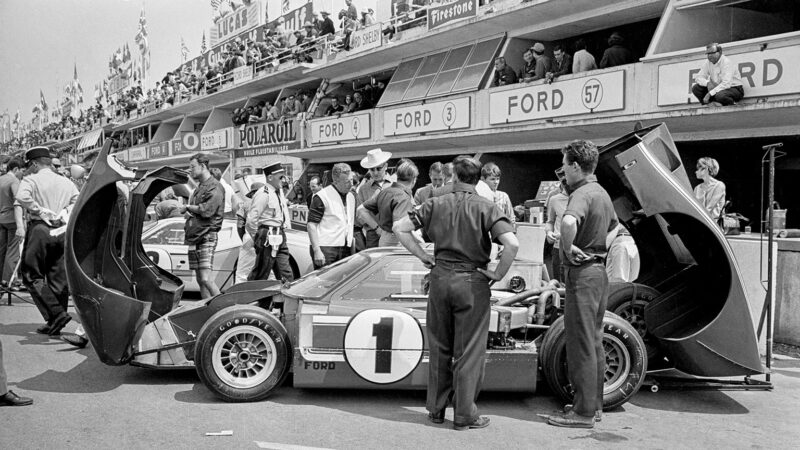
Phil Remington was instrumental in the Ford GT40 Mark IV’s win at Le Mans 1967
Getty Images
Fellow All American Racers crewman Mike Lang still laughs as he thinks back to the day that Boy Hayje crashed an AAR Toyota Celica GTU during practice at Mid-Ohio. The instant the car arrived back in the pits, Remington starting cutting away the wreckage. He found that somebody had forgotten to fill the tank for the TIG welder with argon. No problem. But when Remington dragged out an old-school acetylene torch, he discovered that there were no welding rods. Without missing a beat, he climbed into the team transporter, collected the wire coat hangers holding the drivers’ suits, knocked the paint off them with a belt sander and used the bare metal to weld up the front end of the car.
It was mid-summer in the American Midwest – brutally hot and obnoxiously humid. “We’re all sweating like there’s no tomorrow, and ‘Rem’ is gas-welding with a crappy old pair of welding goggles that kept slipping down off of his eyes,” Lang says. “Finally, he tossed the things to the side and just squinted as he welded. There were some younger guys there who’d been recruited for the Toyota programme, and they were completely slack-jawed. I mean, they could not believe what they were seeing. And, if I recall correctly,” he adds with a chuckle, “we were back at the hotel bar by seven o’clock.”
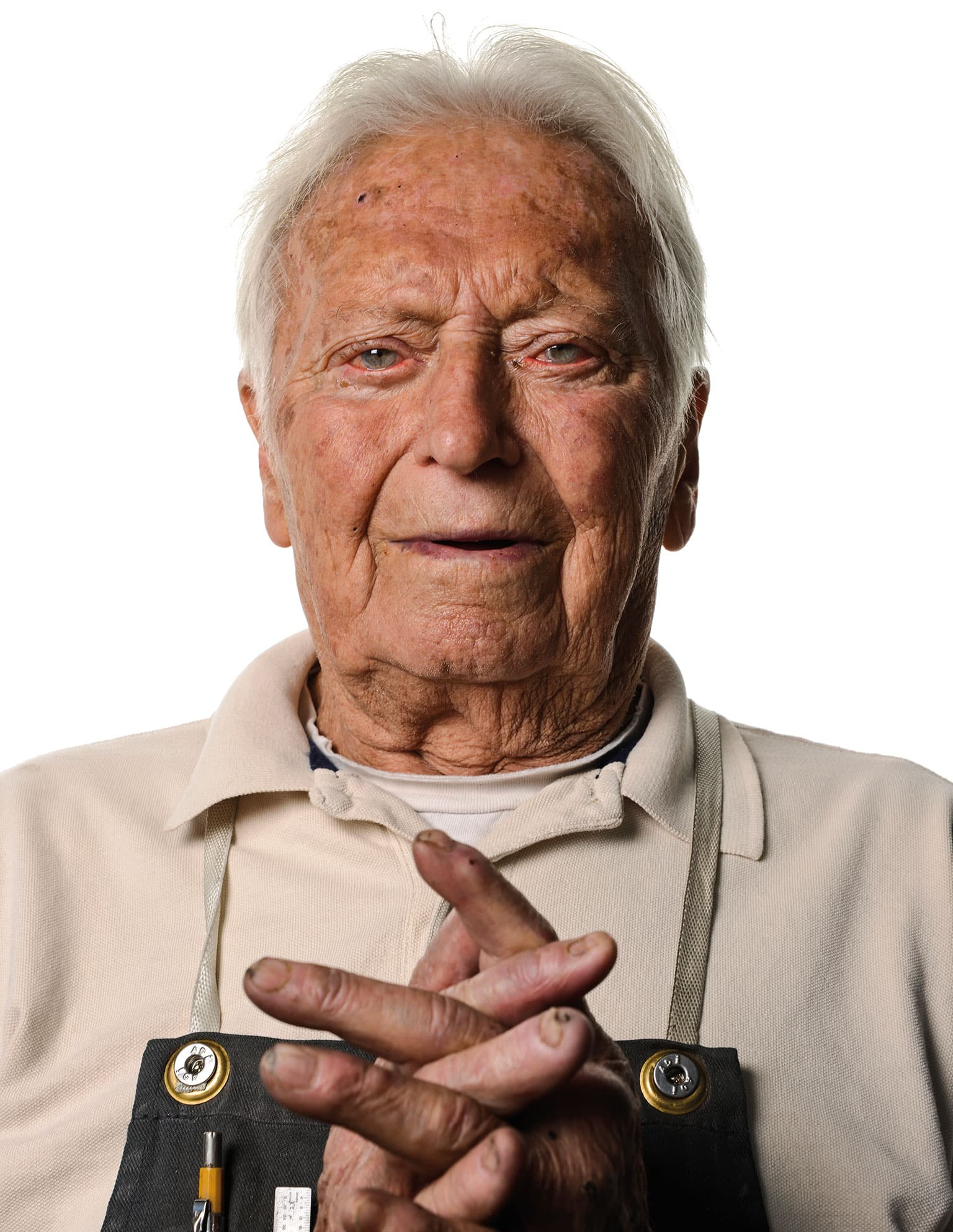
Motor sports is a hugely labour-intensive proposition. The drivers monopolise most of the attention, with what little is left over going to a handful of prominent designers, crew chiefs and team owners. But the vast majority of the people who do most of the actual work – fabricators, machinists, mechanics, data-acquisition geeks and so on – fly under the radar. Remington was one of the few who emerged as a celebrity. And for good reason.
“We had some really good guys in the shop – really good. And some of them could do some things as well as Phil,” says Cobra Daytona Coupe creator Peter Brock, referring to his days at Shelby American. “But he could do everything well, and he was unbelievably fast. He’d be working on something of his own, and if he happened to look up and see somebody doing something wrong on the other side of the shop, he’d walk over, shove the guy out of the way, get it done in half the time and walk away without saying a word. I was just in awe of the guy. He became a legend in his own time – probably the greatest race car builder in the world.”
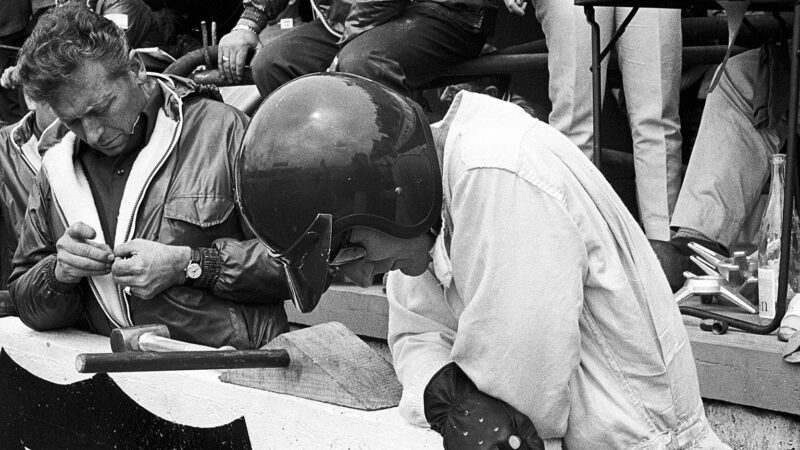
Remington, left, with Ken Miles at Le Mans 1966, the year the GT40 began its dominance
Getty Images
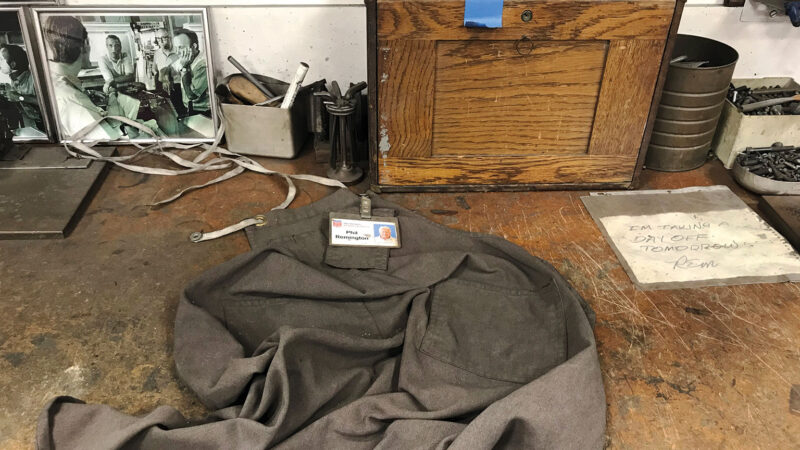
Remington’s bench with All American Racers pass – now in the collection of the Henry Ford Museum in the US
AAR
“I did everything and learned it all the hard way – on my own”
Nobody who came before or after could match the breadth of Remington’s experience. His professional career began immediately after World War II, and he was still wearing a shop apron and standing – never sitting – at his workbench at AAR until six months before he died in 2013, at age 92. Along the way, he worked on dry lakes roadsters, midgets, dirt Champ cars, five decades of Indycars, Trans-Am sedans, Can-Am big-bangers, two Le Mans winners, GTP prototypes and sports cars of every description. Oh, and he also did a stint in Formula 1 and was the lead mechanic/fabricator on a six-month round-the-world trip that Ford arranged to promote its 1958 model line-up. “In Turkey, the hill people were shooting at us. Afghanistan was pretty rough, too,” he once told me. “In Australia, we picked up a load of monkeys for a lab in Oakland. Months later, I went back to the engineering garage in Detroit, and the thing still smelled so terrible you could hardly get near it.”
Remington was born in 1921 in Santa Monica. As a teenager, he joined the Low Flyers, a local hotrod club whose members included Phil Hill, fuel-injection pioneer Stu Hilborn, famed cam grinder Jack Engle, and Jim Travers and Frank Coon, who later formed the renowned engine shop Traco. Remington would eventually set a record by going 136mph at El Mirage dry lake in the Mojave Desert in a homebuilt Model A roadster. During World War II – which he referred to as “Big Smoke” – he saw combat in the Pacific as a flight engineer in a B-24 bomber. After the war, he apprenticed with prominent Indycar builders Lujie Lesovsky and Emil Diedt.
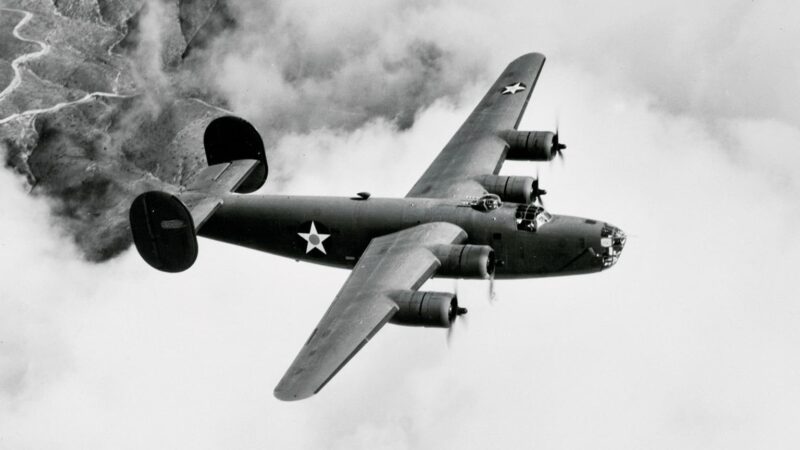
In World War II Remington was a young flight engineer on B-24 Liberator bombers
Getty Images
“I did everything – metalwork, welding, frames, chassis, exhaust systems, whatever you had to do to build a car. I learned it all the hard way – on my own,” he recalled. “I enjoyed doing the tough jobs that nobody else can do – or wants to do – figuring out how to do them and then doing them properly. And fast. Those are the things I’m kind of proud of.” (I talked to Remington many times, and other than describing his work on an intake manifold so fiendishly complicated that it made other fabricators weep with envy, that’s the closest I ever heard him come to bragging.)
A stint modifying engines – everything from hopped-up flatheads to blown Cadillacs for hydroplanes – for Eddie Meyer, the brother of three-time Indy-winner Louis Meyer, led to a gig with wealthy sportsman Sterling Edwards. While teaching himself to work with glassfibre, Remington almost single-handedly built the one-off roadster that Edwards drove to victory in 1950 in the first major sports car race on the West Coast. Remington also did some racing himself until wrecking a C-type Jaguar at Pebble Beach, when his pregnant wife, Joy, told him, “That’s it.”
Next, Remington worked with Hilborn on fuel-injection systems, then helped Travers and Coon build the cars that won the Indianapolis 500 in the hands of his friend Bill Vukovich. “He was very strange,” Remington said. “But he was a hell of a race driver. He could really go, and he was plenty brave.” Remington made his first trip to Indy in 1958, when Pat O’Connor was killed in a first-lap crash involving 15 cars. “At that time,” he said, “Milwaukee was just a week after the Speedway, so people wanted their stuff straightened out right away. Lujie and I were standing out there in the rain, beating aluminium day and night for about five days.”
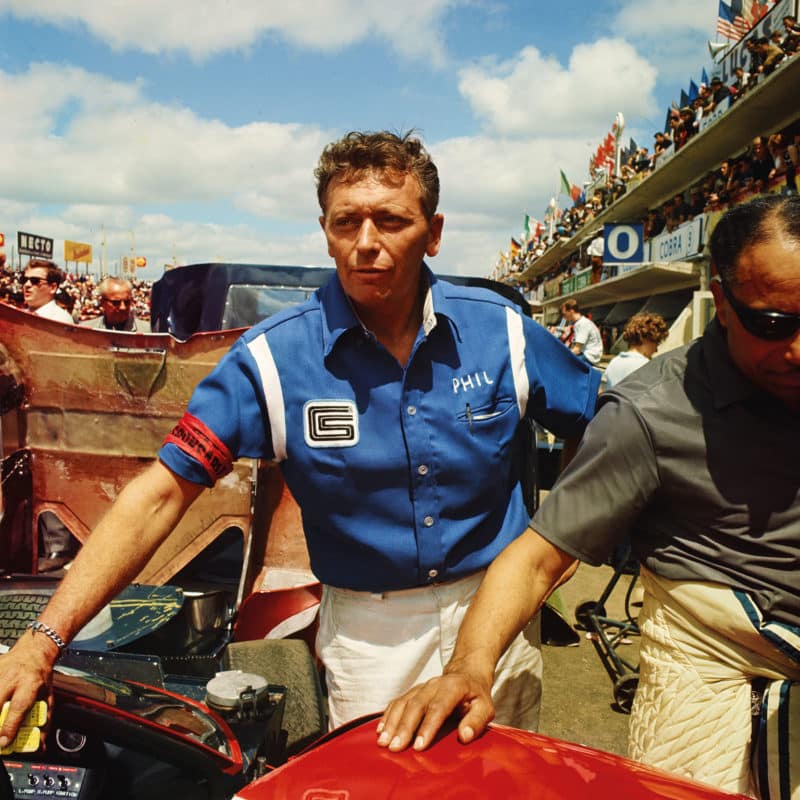
It was while working at Shelby American that Remington began to stand out
REVS LIBRARY
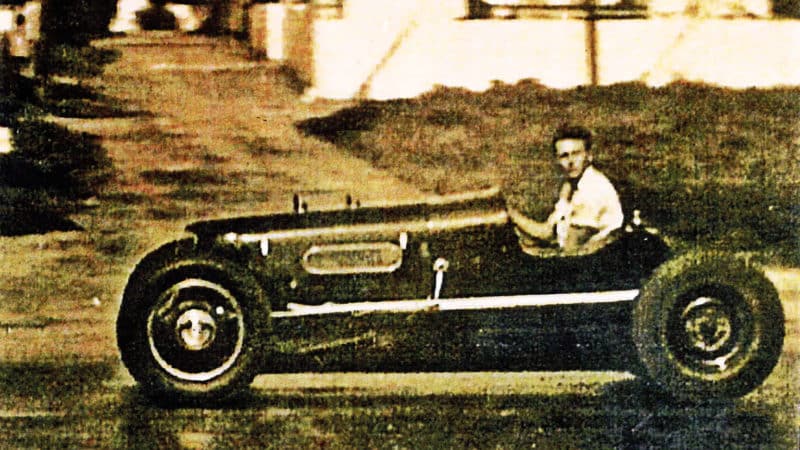
As a young man he was banned from racing by his wife
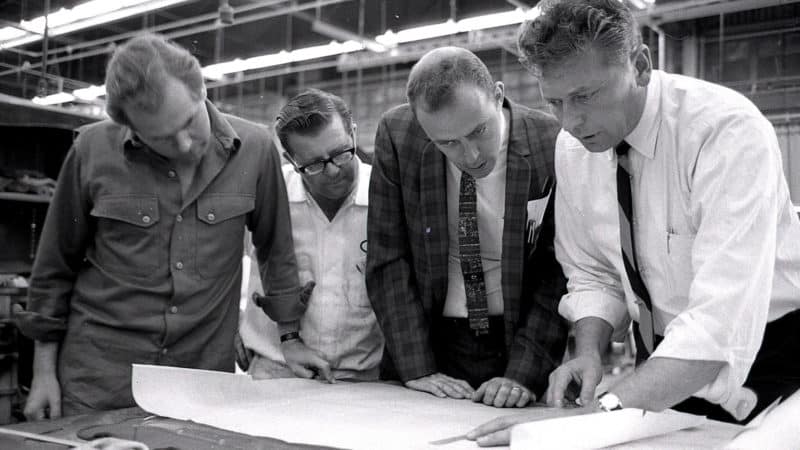
With Carroll Smith discussing plans prior to Le Mans ’66
FORD MOTOR COMPANY
With the monkeys off-loaded at the end of his around-the-world adventure, Remington joined the collection of All-Star fabricators, machinists and mechanics that fabulously wealthy Woolworth heir Lance Reventlow had hired to build the Scarabs. He was a core member of the team that assembled and supported the first – and last – truly all-American Formula 1 car. Decades later, the shock of arriving at Monaco for the first race of the 1960 season and seeing the rear-engine Coopers for the first time still rankled.
“It was pretty embarrassing,” he said. “We were in the same garage with Jack Brabham and Bruce McLaren, and we just couldn’t believe the differences between our cars. The workmanship of our cars was really nice but when you looked at the general layout of their cars and how simple everything was, you could see that we were out to lunch.”
Remington was just about the last man standing when Reventlow shut down the Scarab operation in 1962. After Reventlow sold his well-equipped shop to Carroll Shelby, Remington stayed put. “I just changed payrolls, I guess you could say,” he said.
It was at Shelby American that Remington was transformed from a talented but essentially faceless artisan to an icon whose exploits became the stuff of racing folklore. It’s not true that company blueprints routinely carried the legend: “Draftsman: Remington. Designer: Remington. Engineer: Remington. Approved: Remington.” But they could have.
When the Cobra broke a rear hub in its race debut in 1962, Remington got a set of forging blanks from his old pal Ted Halibrand and machined replacements to his own specifications. (They never broke again.)
When Phil Hill complained that the new Daytona Coupe was trying to kill him at Spa in 1964, Remington fabbed up a rear spoiler out of aluminium scrap, and Hill broke the lap record by three seconds. When the overweight GT40s kept burning through brakes, he rigged up a quick-change system to replace brake pads more quickly, which helped the cars finish 1-2-3 at Le Mans in 1966.
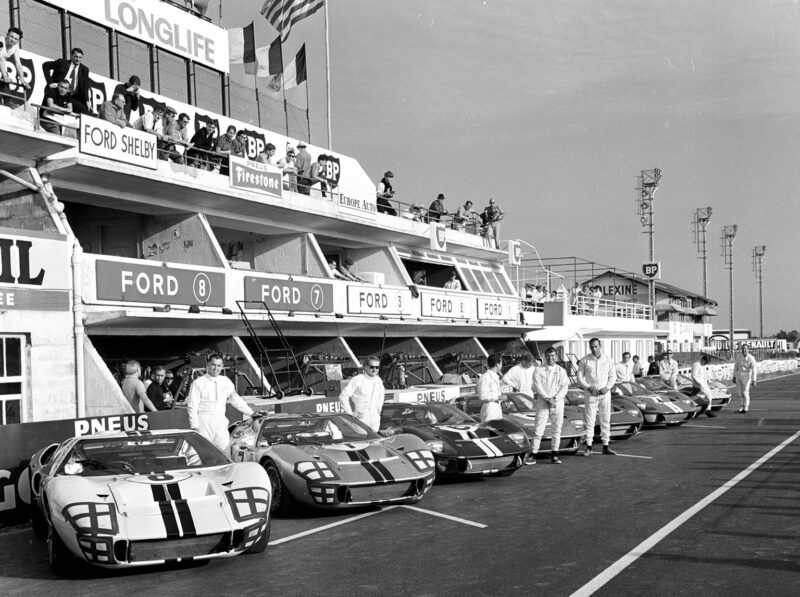
Ford drivers line up ahead of the historic 1966 Le Mans. After the race, while the team was out celebrating its 1-2-3 sweep, Remington returned to the garage to pack away the tools
Getty Images
The next year, using what Mario Andretti described as “his mental brain tunnel”, he reshaped the awkward J-Car into the Le Mans and Sebring-winning Mark IV.
“Without him, [the Ford GT effort] would have been an unbelievable failure,” Pete Weismann, who worked as a Kar-Kraft engineer on the Ford programme before becoming the nation’s leading authority on racing transmissions, once told me. “He’s the master. Whatever the engineers dreamed up, he was the one who made it work.”
After Shelby quit racing, Remington built stock cars at Holman-Moody before joining Dan Gurney at All American Racers in 1968. For the next four and a half decades, every car that left the AAR shop in southern California bore Remington’s fingerprints. One year, when there wasn’t enough money to create a glassfibre body for the team’s new Indycar, Remington beat 4ft x 8ft-long sheets of 3003 aluminium into shape on the chassis. “I once watched him take a fresh sheet of aluminium, put it on his leather-covered sandbag and utterly destroy it with a mallet,” former AAR engineer Jim Hamilton recalls. “When I came back 20 minutes later, he held up a compound-curve air duct that looked like it was ready to be put on a Phantom II fighter jet. It was that gorgeous.”
Remington’s toolboxes – which, along with his workbench, are now in the permanent collection of the Henry Ford Museum – were stuffed with one-of-a-kind implements that he made himself. Not just punches, chisels and T-squares but also DIY-run-amok items like a hammer fashioned out of a broken forklift axle and metal-shaping “slappers” laboriously fabricated out of Model A leaf springs and the noses of oxygen bottles. “He was a Depression-era kid who kept B-24s flying with baling wire,” longtime AAR designer John Ward explains.
Remington often delivered parts when they were still warm from being finished with 80-grit sandpaper on the World War II-vintage band sander that he and Fred Carrillo (of connecting rod fame) had upgraded with pulleys from his father’s reel lawnmower and springs from an Offenhauser-powered race car. “There were fabricators who would build parts that were prettier and more highly polished,” says former AAR crew chief and team manager Gary Donahoe. “But they took four or five times as long to create. Rem could just knock them out. And their beauty was in their simplicity and how well they worked.”
Of course, someone has to be the best, the fastest, has to work the longest hours. What made Remington more than a mere all-time great were two qualities that verged on superpowers. First, he was able to examine a broken component and immediately suss out why it had failed. Second, he had the rare ability to come up with solutions on the spot. “When there is a problem,” race engineer Carroll Smith once said, “by the time other people realise it, he’s already made six fixes.”
Precisely because he was so tireless and exacting, Remington could be difficult to work with. At Shelby American, they called him STP, short for ‘Super-Twitchy Phil’, and it wasn’t a form of endearment. “He was as big a pain in the ass as I’ve ever met,” Shelby confided. “Nobody could keep up with him, and he was always getting mad at people who did something less than perfect.”
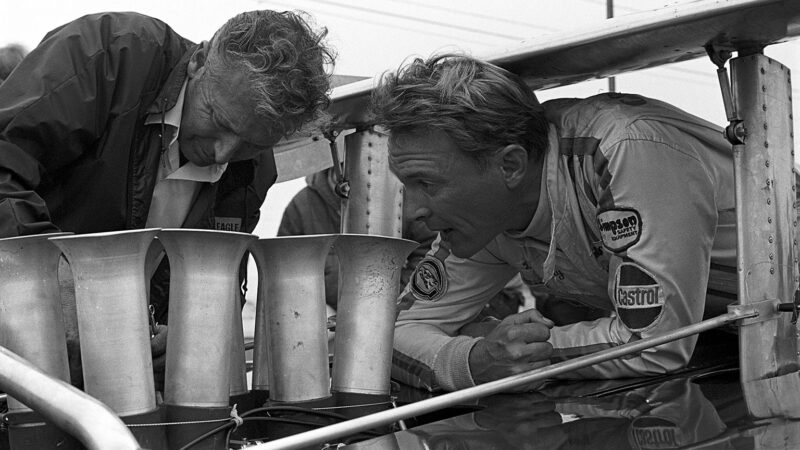
Remington with Dan Gurney working on the McLaren M6B at Riverside, 1969
Getty Images
But Remington was eager to share his knowledge with those who were interested in learning, and he was happy to help out when others had a problem. (Standard progression: he would explain how to do it. If he sensed incomprehension, he would draw the solution on paper. If that failed, he would do it himself.) And he had a sense of humour appreciated by his co-workers – at least ones with thick skins.
“Remington’s toolboxes were stuffed with one-of-a-kind implements”
When Jeff Heywood – who would become Remington’s protégé and a master fabricator himself – joined AAR, he didn’t have any tools, and it took him a while to accumulate a decent collection. One day, Remington called over to him, “Get over here, and bring your other tool with you.” A few years later, Heywood inadvertently ruined a piece of aluminium that he’d taken to another shop with a larger press brake. Remington saw Heywood when he returned to AAR. “I didn’t think they’d mess it up that soon,” Remington said. “Did you?”
Remington was always the first to arrive at the shop in the morning and often the last to leave. If lunch stretched on too long, he would flick the lights on and off to signal that it was time to get back to work. His head-down attitude translated to an aversion to loud music on the job. When Shelby American fabricator Jerry Schwarz refused to turn down the volume of his radio, Remington blew it up. As Schwarz explained, “Phil didn’t like acid rock music and turned it off with an M-80 [firecracker].”
Remington was so driven that virtually nothing could stop him. Shortly after the war, he was in hospital after a gruesome motorcycle accident. The doctors wanted to amputate his leg. “I called my mother, got her to bring me some clothes, and I bailed out,” he said. As he got older, he regularly nicked his fingers at work. But instead of cleaning and bandaging them properly, he would shove his hand into the bucket filled with filthy water used for quenching hot metal and wrap the wound with duct tape. Sometimes, it was said, you could find him simply by following the trail of blood.
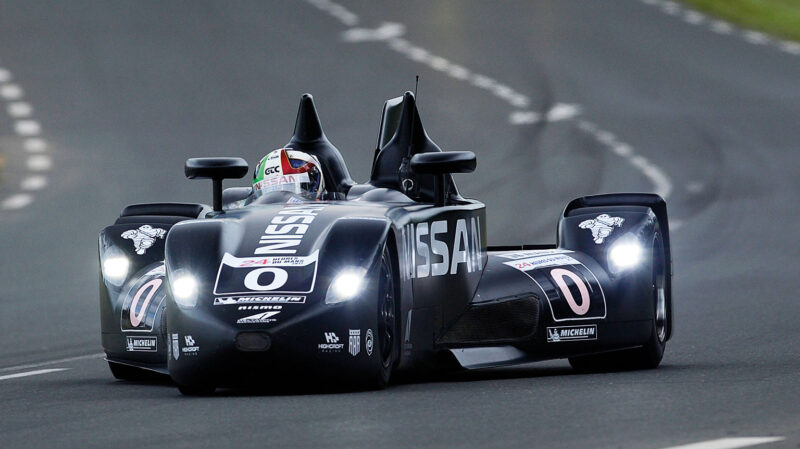
Longevity in action: Remington worked on the 2012 DeltaWing
Getty Images
The last time I saw him, Remington was 91 years old. He was having trouble with his manual dexterity, so he’d devised and crafted a tool to help him pull up his zipper to get dressed in the morning. But he was still manning his workbench at AAR, building an aircraft-style electrical box for the DeltaWing. “Airplane stuff is so repetitive,” he complained. “When you do it once, you do it a thousand times. I don’t know how guys stand it.” Even after all those years, he was still looking for a new challenge.
Shortly after the DeltaWing raced at Le Mans, Remington fell awkwardly at his house. Although he never returned to work, he remained passionate about racing. Two months before he died, he spoke to Hamilton, who worked on the DeltaWing project for Chip Ganassi. “He asked me all sorts of questions about the flex of surfaces under load – questions I would have expected to hear from a young aerodynamicist,” Hamilton says.
The late Dan Gurney knew Remington longer and better than just about anybody, and nobody appreciated him more. “Rem is a remnant of an age of American ingenuity,” he once told me, his face lighting up into the famously boyish smile. “He’s the kind of guy who can do things. It doesn’t matter what you’re talking about, he can do it. If you’re stuck out in the middle of nowhere, he’s the guy you want with you. He’s really a one-man band. He’s just like a tornado – a great, unstoppable force of nature.”
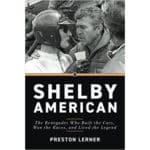
|
Shelby American, written by Preston Lerner, is published by Octane Press, £35 (hardback) |
